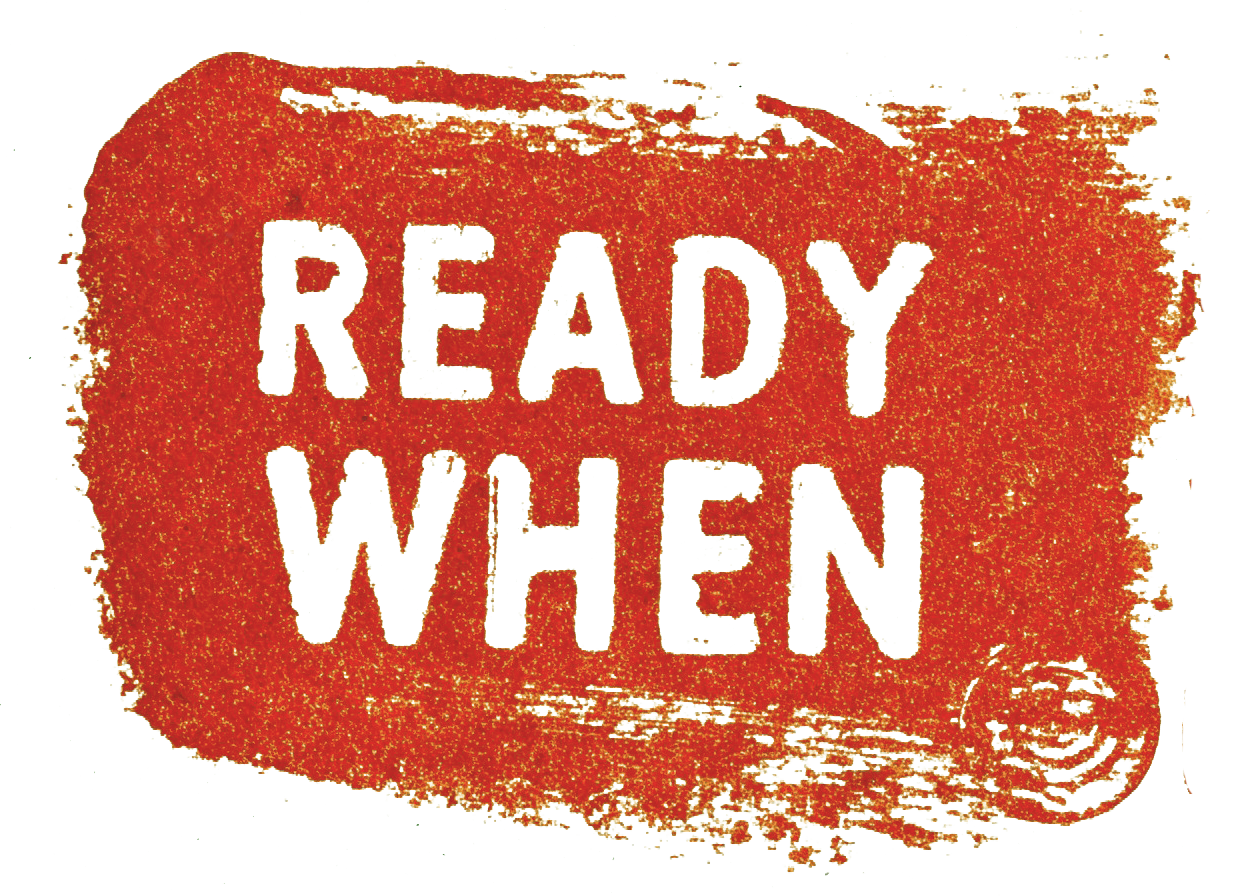Commit 5% for Preparedness
A call for arts and cultural organizations to invest 5% of their annual budget in disaster readiness—and for grantmakers & arts funders to integrate a 5% preparedness allocation for grantees. The goal: protect operations, position our sector as essential civic infrastructure, and ensure we’re #ReadyWhen our communities need us most.
In 2024, the U.S. experienced a major disaster declaration every four days: 90 in total, affecting over a third of Americans and causing over $183 billion in damages. The stakes are existential: 40% of businesses do not reopen after a disaster, and another 25% close within a year. Organizations without business continuity plans face even worse odds—75% fail within three years of a major disaster. Yet most arts venues lack formal emergency plans or practiced response capabilities.
With funding for the arts uncertain and community needs intensifying, we call upon every arts and cultural organization to earmark 5% of their annual operating budget or endowment to enhance their disaster readiness. Research suggests that every dollar invested in preparedness saves $13 in response and recovery costs. By incorporating staff training, emergency planning, and dual-use equipment and infrastructure improvements into your annual planning, you’ll protect your operations while positioning your organization as essential civic infrastructure. It’s an investment that serves both your mission and your community, opening doors to new potential partnerships and funding streams.
What 5% Can Fund
Just five percent of your budget provides resources for sustained preparedness work. Savvy organizations coordinate with community partners and local emergency managers when planning their investments, ensuring alignment when it comes to meeting real community needs and opening the doors to formal partnerships. The real value builds over time: annual training keeps skills current, regular drills reveal what works, maintained equipment functions when needed, and relationships with emergency systems deepen. This isn’t a one-time project but a practice that compounds in value year after year.
Here’s some of what 5% can fund:
- Planning consultants to develop site-specific action plans, business continuity protocols, resilience hub planning, or mutual aid agreements
- Staff training and certifications in incident command systems, mental health first aid, emergency communications, or crowd management, improving your organizational readiness and attracting staff and volunteers who value ongoing professional development
- Dual-use equipment that serves both programming and emergency needs: backup generators, first aid stations, emergency lighting, water storage, portable cooling/heating units, and communications equipment
- Planning and assessment tools to document current capabilities and track capacity growth over time
- Infrastructure improvements that enhance both your regular operations and emergency capacity: backup power systems, physical and sensory accessibility improvements, communications and emergency alert systems, upgraded HVAC, commercial kitchen equipment, and more.
- Staff time to create emergency operations plans, conduct drills, build relationships with emergency managers, and maintain preparedness systems
- Partnership development with local emergency management, public health, and community organizations to establish formal response roles
- Contributions to organizations dedicated to helping arts organizations improve their emergency preparedness, like Performing Arts Readiness and the National Coalition for Arts Preparedness & Emergency Response
